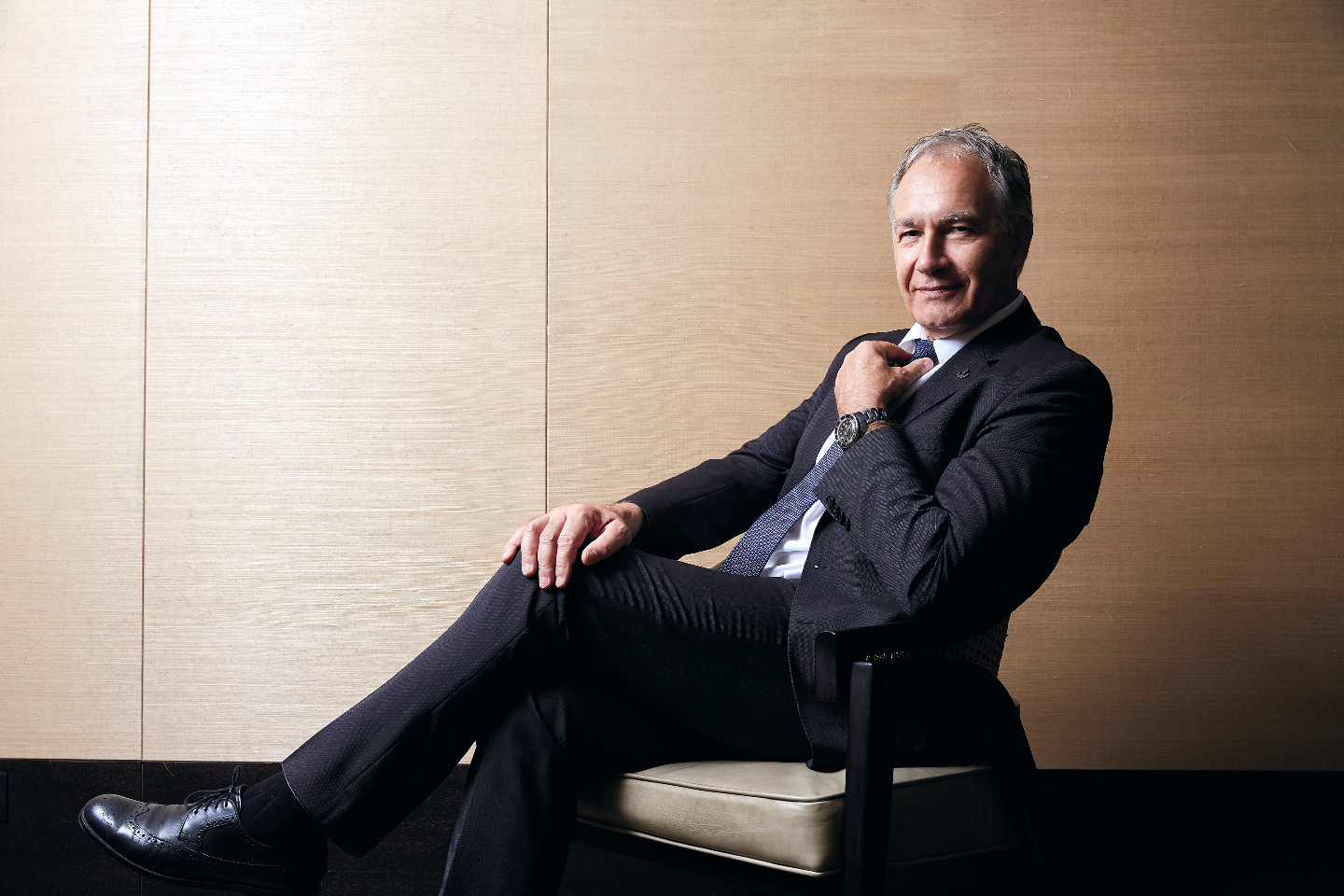
Bosshard has been in the watchmaking business for more than 2½ decades (Photo: Soophye)
Most unusually, Adrian Bosshard starts his interview with Options by turning the spotlight away from himself. Instead, the well-liked CEO of popular Swiss watch brand Rado puts the person who should be asking the questions in the hot seat. Am I familiar with Rado, he asks, and how much do I know about the brand? Do I have a favourite watch? It bodes well for our chat that this part goes nicely, and Bosshard emerges to be a charming, delightful conversationalist throughout our hour together.
The Swatch Group-owned Rado is no stranger to the local watch market, although it is correct to say that the last five years or so have seen the brand become more active in terms of customer engagement and product development. But the one thing that has remained constant since its inception is Rado’s dogged dedication to materials research, ensuring each of its watches represents a new frontier in this field — from its DiaStar, which comes in at a most affordable RM4,000, right up to its high-tech ceramic Captain Cook, priced at RM15,000 and the brand’s current bestseller. This is well and truly accessible luxury at its very best.
“This is our aim and strategy,” Bosshard says in his charmingly accented English. “We want to offer customers achievable luxury. But we are offering a lot of value with that product. The price bracket between RM4,000 and RM15,000 is very interesting, all over the world — it’s reachable, and not an inaccessible price point.”
Bosshard takes off his own watch for a spot of show-and-tell — it is a piece from the Captain Cook collection, featuring a high-tech ceramic construction and skeletonised movement made possible by a sapphire crystal disc.
captain_cook_high-tech_ceramic.jpg
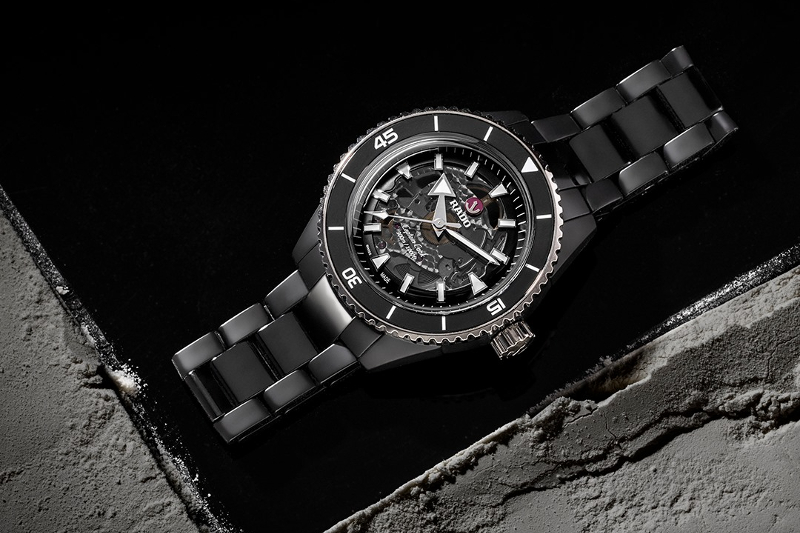
“I have several watches from Rado, but please do not ask me which one is my favourite,” he laughs. “I don’t really take care of my watches, in that I really use the watches for all activities in my life and it says a lot that they are not scratched.”
He then offers another anecdote. “I got married in 1991, which is 31 years ago, and as a wedding gift, I received a Rado Integral. It still looks good, with no scratches or anything! It looks like new. And this is not a marketing ploy, but a true story. That’s the proof of the promise we give customers — that our products really stand the test of time.”
Metallurgy and materials science — or the study of how metals, compounds and alloys behave under a variety of extreme conditions, and how they can be applied in the real world — are uncharted territory for many Swiss watchmakers. But Rado is not like most watchmakers. The brand has embraced far-out metals and compounds since 1962, when it debuted its iconic DiaStar 1, marketed as the world’s first scratch-proof watch, thanks to its use of hard metal and sapphire crystal. More than half a century later, the materials have grown a little more high-tech, but Rado’s achievements remain consistently pioneering.
“Our DNA has always been innovation — be different in terms of design and materials. We are the master of designs and the master of materials,” Bosshard says proudly. “An important aspect of the brand is that the management has always been dynamic in terms of innovation and creating new features — materials were always important. We were the first to invent scratch-proof glass and metal for use in watchmaking.”
schlup-co.png
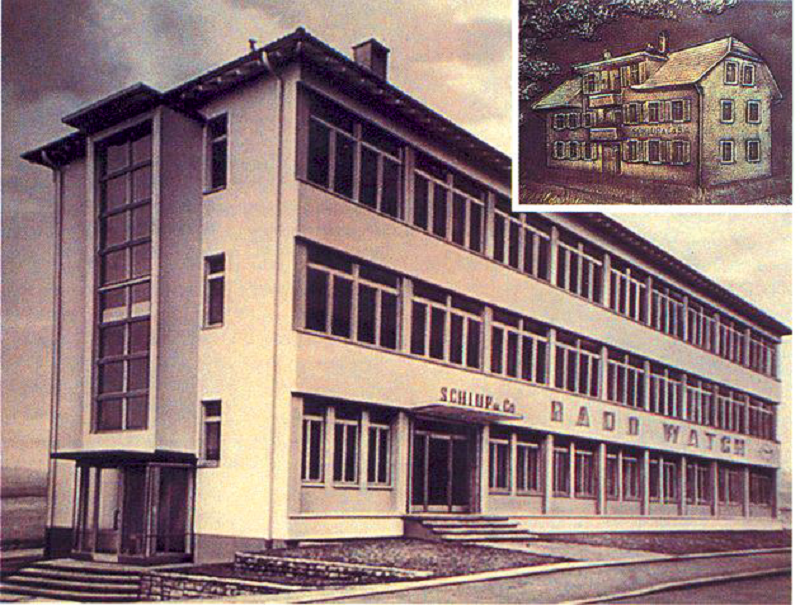
Let’s get into a bit of history. Rado’s past dates back to 1917, when brothers Fritz, Ernst and Werner Schlup made a decision that would change their lives and those of future generations when they chose to become watchmakers. Their humble atelier was located in a converted part of their parents’ home in the village of Lengnau, Switzerland. Through their relentless energy and uncanny ability to spot new opportunities, Schlup & Co got off to a promising start, signing agreements with a wide array of importers around the world. By the end of World War II, the factory was among the largest producers of watch movements, its name synonymous with Swiss-made quality.
This laid the groundwork for the brothers’ next big adventure — the launch of their own watch brand in 1957. Enter Rado, a word meaning “wheel” in Esperanto. The company retained independent ownership until its acquisition by the Swatch Group in 1986. But its independent spirit remained very much intact, as subsequent stewards of the brand always respected Rado’s roots and never ceased to put the brand’s unique nature front and forward.
Bosshard, a Swatch Group veteran with stints at Certina and Union Glashütte prior to running Rado from 2020, is taking the same approach as he establishes a stronger presence for the brand in all its markets.
“You always have to respect the roots of the brand you’re working for, and Rado has roots that go back to 1917 — that’s more than 100 years. So, when I guide the team forward, it is to build on our strengths and design language while developing us further as a master of materials. Just because we have invented hard metals and ceramic in watch production doesn’t mean we should stay quiet — you must innovate. My driver is therefore innovation without losing track of our roots.”
rado_captain_cook_a5.jpg
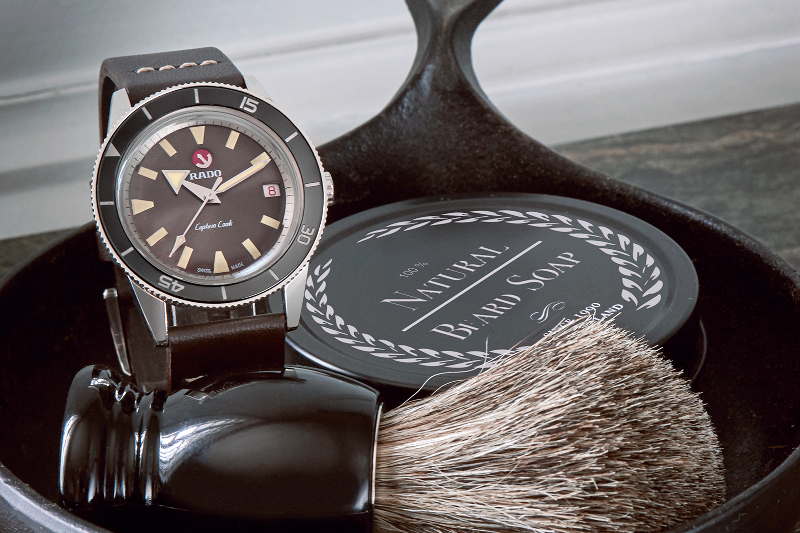
He takes off his watch again and looks at it affectionately. “When you look at the Captain Cook from the 1960s, today’s versions feature the same design, but case sizes are bigger; we have the chance to work with more sophisticated movements and the opportunity to make these products with the most sophisticated technology. This is also the direction I give to my product team, and it’s worked for us.”
Asked about the brand’s increased activity recently, especially in Malaysia, Bosshard says this in some ways is a post-pandemic move to embrace the needs of younger customers as well as its existing consumer base, which is intent on spending some well-earned funds that have remained unspent over the last two years. While most watch companies are looking at growing their points of sale, Rado is more focused on enhancing what it already has.
“Rado has been in Malaysia for many years and has a big market share. We have done well with the more classical products, but we have seen that customers have changed in Southeast Asia and all over the world. They want new designs, and they want products that are different from those from their parents’ generation. So, we have reactivated important collections like Captain Cook, which was launched in 1962.
“Now, we have expanded the Captain Cook family with skeleton movements, diving models and so on — innovative products that our younger customers really appreciate. We have reintroduced facets of our past that have fascinated our newer buyers, who have themselves brought a breath of fresh air to the company. The Integral and DiaStar are major product lines for us, but today the youthful customers who like sports watches really like Captain Cook. Since we relaunched it last year, it has been very well received. No one else is really making full ceramic diving watches at this price point.”
captain_cook_high-tech_ceramic_bai_yu_limited_edition.jpg
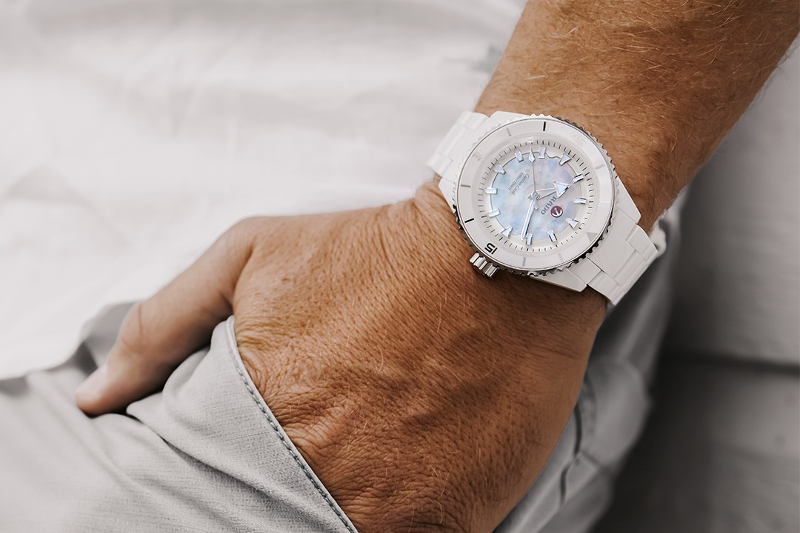
The focus now for a company like Rado, which boasts an established presence in markets all over the world, is to enhance the customer experience — it is a qualitative game, not a quantitative one more conerned with the number of points of sales in each country.
“As a global brand, we are present in almost all markets, so we don’t need to break into new markets. But the customers in the luxury segment that we operate in have changed drastically, and even more so after the pandemic. They are buying more luxury goods, they have higher expectations of what they buy, but they are also in search of flawless service.
“We work through our own retail and franchise stores. So, it is important that we present ourselves qualitatively in these spaces, that we have appropriate neighbours, and it’s our strategy that people in the boutiques know the brand well. We are reducing distribution globally, and focusing on existing retail to enhance the customer experience.”
After all, an unusual brand like Rado attracts equally unconventional buyers. “Our typical customer has high expectations of the watch in terms of quality, and he wants to be different. He searches for excellence in terms of design, and he is looking for value for money as well. Also, something off the beaten path — this is the big advantage with iconic designs like ours. We don’t take inspiration from other brands or trends in the industry; our creations come from our DNA and are based on our research in materials.”
true_thinline_nature.jpg
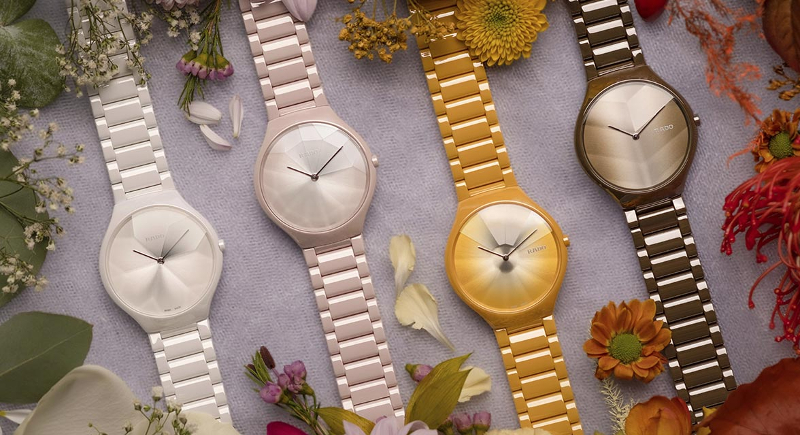
In the coming months, Bosshard says, two highly anticipated new releases will reaffirm Rado’s legitimacy in the watchmaking universe — a high-complication model with an in-house movement designed with the Swatch Group-owned ETA, and a new material developed on a ceramic base that will include metallic colours, and combine the strength of metal with the lightness and durability of ceramic. “There are some exciting months coming that will underline our strengths in terms of design, material and movement innovation,” he says, and there is no missing the pride in his voice.
If, at first glance, Bosshard looks to have the build and physique of an athlete, it is because in a previous life, that is exactly what he was — before watchmaking, he was a professional racer and even participated in Grand Prix motorcycle racing. He left the sport at the age of 34 — “it’s not old, but it’s old for sports” — and completed a marketing degree so that he could be part of an industry he had loved as a child: watches.
“I grew up in the Swiss city of Biel and, living there, you cannot help but be filled by a passion for watchmaking. I always had friends from watchmaking — watches are the biggest industry there, after all. I was always very passionate about timepieces; I started collecting early — I now have models from Swatch, Omega, Certina, Union Glashütte and, of course, Rado.”
A polyglot — Bosshard speaks Swiss-German, German, Italian, French and English fluently — he joined the Swatch Group in 1996 and worked in three maisons before Nicolas Hayek hand-picked him to run Rado in 2020. Bosshard may have got the top job as the pandemic unfolded, but he is not exaggerating when he says that sales of the brand shot up last year. The Swatch Group does not disclose a breakdown of the performance of its individual brands, but the industry has definitely enjoyed better times since any losses made when the pandemic hit in 2020. For example, a recent report by the Federation of the Swiss Watch Industry (FH) states that, in 2021, Swiss watch export figures reached an all-time high of CHF22.3 billion.
So, does his past in sports inform the way he works today? “Oh yes. Heavily,” he smiles. “First, as a professional racing driver, you have to be aware that when you are not performing, you are dead. You have to be focused on results and performance because you cannot make any money if you simply do sports for fun. When you are leading a watch company, you need to perform in all fields — innovation, product design and quality, after-sales service, marketing — otherwise, customers will leave. The lesson for me is to always bring perfect performance to please customers.
“Second, when I was a MotoGP rider, I was alone on the bike. But behind me was a team of engineers and mechanics working on the bike and experts helping me stay fit. I had a team to help me win. The same is the case now in Rado — there are thousands of staff working in multiple departments without whom the CEO can do nothing. To be aware of teamwork, the obsession to bring excellent performance — I learnt from the sport.”
Bosshard, who has been in the watchmaking business for more than 2½ decades, now presides over a company that is regularly regarded as among the 20 bestselling Swiss watch brands in the world. With his industry track record and the growth he has driven in Certina and Union Glashütte, he is not about to let Rado skid off the track anytime soon. No space-age concepts here, just pure passion for Rado and a love for watchmaking that is infectious — the man really loves his job.
“I feel like I have never worked a day in my life,” he says, nursing his espresso with a wide smile. “I have only spent time enjoying myself in an industry that I love.”
This article first appeared on Aug 8, 2022 in The Edge Malaysia.


